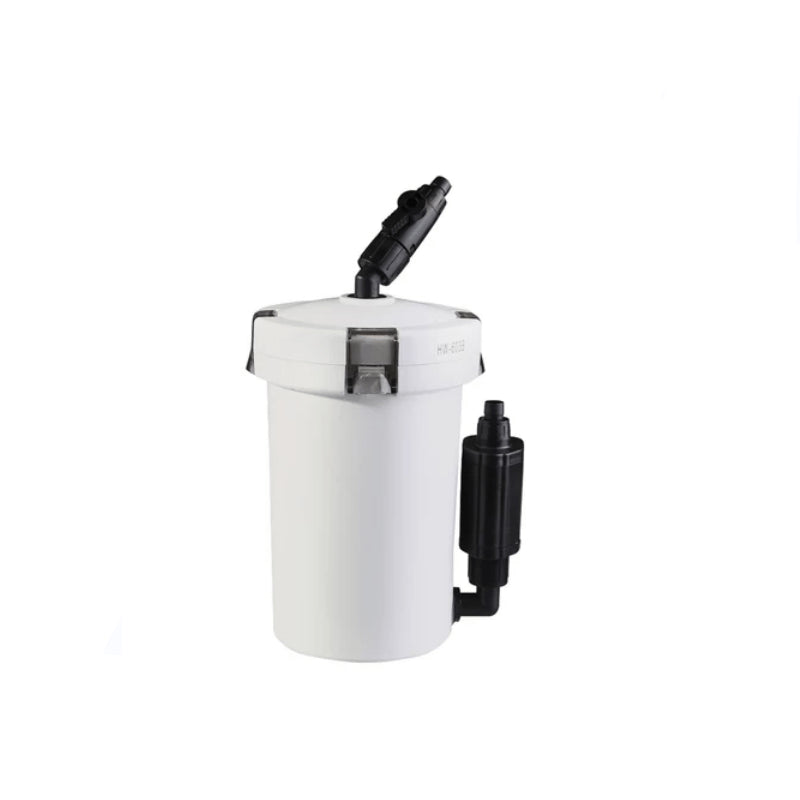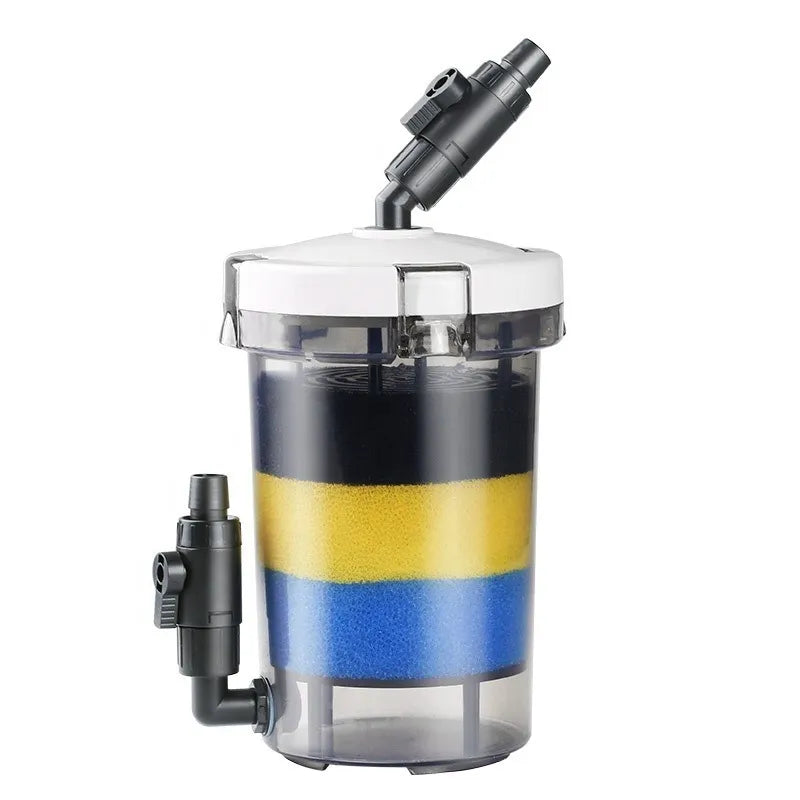Pet medical equipment
Exhaust Gas Recovery Tank of Pet Anesthesia Machine
Exhaust Gas Recovery Tank of Pet Anesthesia Machine
Impossible de charger la disponibilité du service de retrait
Self Weight: 500 g
Effective absorption: 120g
Specifications:
Canister size:
Upper cover diameter 16cm
Lower cover diameter 12cm,
Whole height: 28cm
1. Filter more than 90% of mechanical impurities, colloid, asphaltene, etc.
2. Good air permeability and stable performance;
3. Large folding filter screen, multi-folding filter paper;
4. Improve engine service life.
Waste Anesthetic Gases
Inhalation anesthesia is a safe and effective method for veterinary anesthesia with great clinical benefits. That’s why both doctors and vets prefer to choose inhalation anesthesia in clinical treatments. If equipment is not setup or functioning properly or the waste anesthetic gases is not properly exhausted,these gases are unintentionally released into the hospital environment causing exposure risks for medical staff.
Sources of Waste Anesthetic Gases
1. Mismatched facemask
2. Spills of liquid anesthetics
3. APL valve blockage
4. Leaks caused by inappropriate endotracheal tubes
5. Leaks within the anesthesia machine, breathing system, hoses, and connections
6. Oversaturation of waste gas canister
Harm to medical staff:
The hazards of waste anesthetic gases are related to drug selection, pollution concentration and exposure time. Some potential effects of short term exposure to waste anesthetic gases are nausea, dizziness, head- aches, fatigue, and irritability. Long term effects include sterility, miscarriages, birth defects, cancer, liver/ kidney disease, and asphyxia. In addition, animal experiments indicate that anesthetics can cause memory impairment, which is generally believed to be temporary. Normal function recovers within a few days and cognition changes may last for weeks or longer.
In recent years, many projects have been devoted to the study of the correlation between anesthetics and Alzheimer’s disease. Researchers found in a vitro experiment that inhaled anesthetics enhance amyloid-beta oligomerization and cytotoxicity, which occurs in the neurons of Alzheimer’s.
Besides, it is observed that anesthetics are associated with the increased levels of proinflammatory cytokines, which leads to neuroinflammation and promotes the occurrence of Alzheimer’s disease.
Further researches should be carried out to confirm the clinical relevance of the results of in vitro studies and neurodegenerative complications under anesthesia and / or surgery in order to verify the relationship between anesthesia exhaust gas and Alzheimer’s disease. For medical staff who stay in the operating room all day, they should be self-aware and reduce exposure to anesthetics.
Tips: Currently, the US Occupational Safety and Health Administration (OSHA) suggests that staff should not be exposed to halide narcotic exhaust gas exceed 1h and the concentration should not exceed 2ppm while not exceed 0.5ppm when used in conjunction with nitrous oxide.
Harm to the environment:
The ideal anesthetic should be safe, effective and environmentally friendly. But in fact, the inhaled anesthetics commonly used in our clinic are all confirmed as greenhouse gases. The warming potential of isoflurane is approximately 1,230 times that of CO2. Isoflurane / sevoflurane discharged directly into the environment will pollute the environment and destroy the ozone layer.
How to avoid the exposure of waste anesthetic gas?
1. Use waste gas scavenging devices
2. Turn off the anesthesia system timely (vaporizer, oxygen flow meter, oxygen cylinder)
Share




